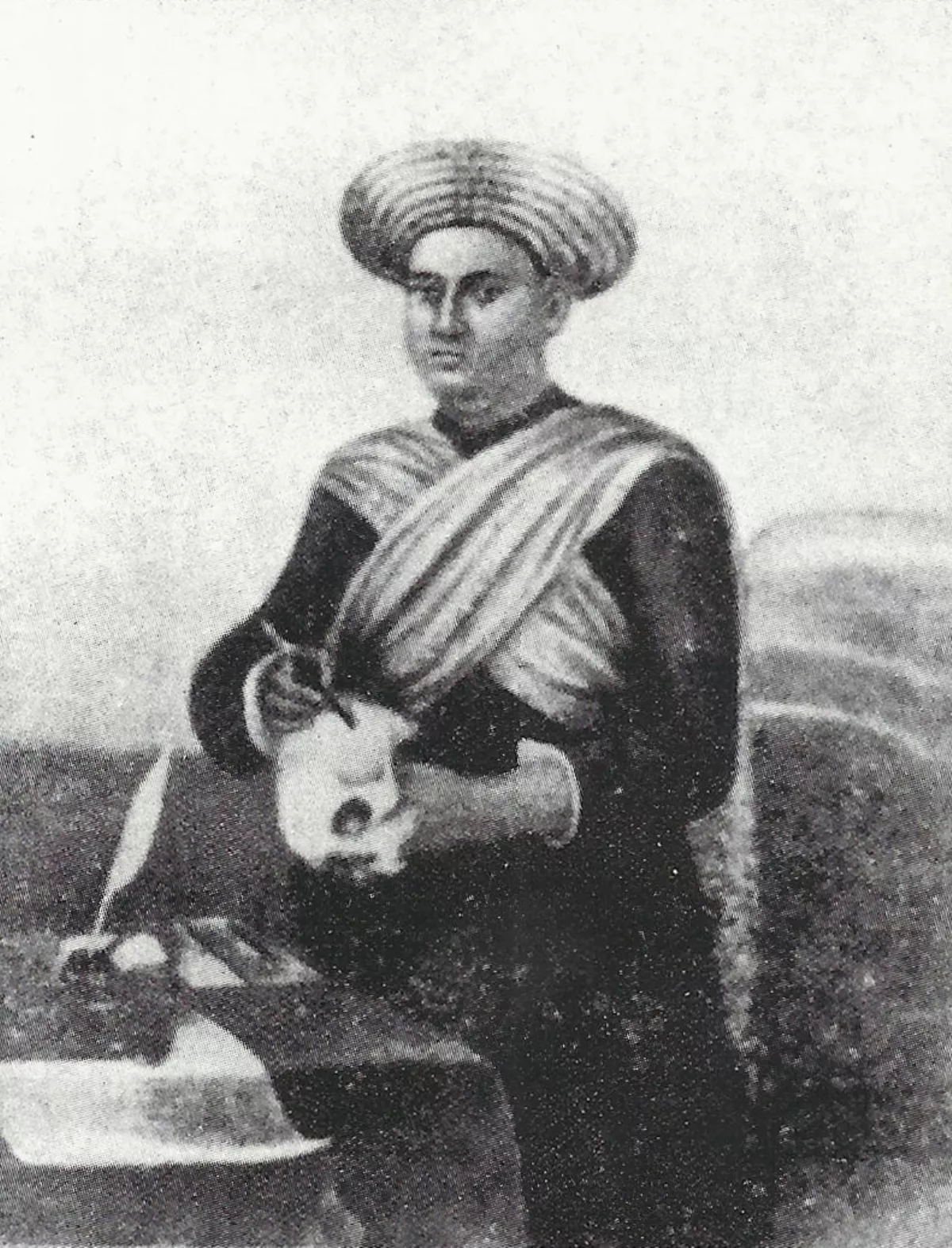 1.
1. Pandit Madhusudan Gupta was a Bengali Baidya Brahmin translator and Ayurvedic practitioner who was trained in Western medicine and is credited with having performed India's first human dissection at Calcutta Medical College in 1836, almost 3,000 years after Susruta.